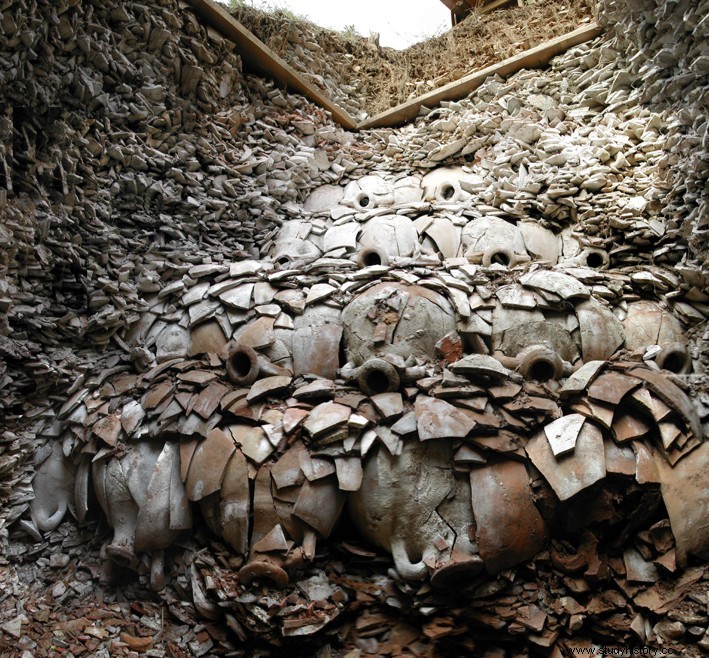A problem that has always been with us is the amount of garbage we generate, its removal, storage and destruction or recycling. Well, this problem already had it in the cities of Antiquity. Even with the revolutionary sewage network that turned the Tiber into a river sewer and laws that prohibited dumping garbage inside the city, Rome was a dirty city, very dirty. In its streets, the garbage generated in the houses and that people threw on the public highway, excrement of all kinds of animals, corpses... and faced with this tide of waste, some stercorari (dumpsters) that, helped by the plostra stercoraria (garbage carts) toured the city removing the waste they deposited in the puticulum (pudrideros) located outside the city. On some occasions, the stercorari they were accompanied by pigs that helped in the cleaning, especially with the organic waste.
Cacator sic valeas ut tu hoc locum transeas (Do yourself a favor and shit somewhere else)
So reads a graffiti in Pompeii, an unequivocal sign that people were a bit slutty. Even in some tombs there are epitaphs cursing the cacatores and minctors (I think no translation is needed). Likewise, care had to be taken with the bodily fluids that were thrown into the street from the windows, also without the “water goes” notice. In the event that not only the contents of the vessel that served as a urinal were thrown, but also the container, the law provided that the thrower would bear the medical expenses for the injuries suffered and would compensate the victim for the days that he did not could work.

They were also pioneers in selective waste collection. Proof of this is Mount Testaccio in Rome, an artificial hill with a height of 50 meters and a base of 22,000 square meters built with the remains of 25 million amphorae in which olive oil was transported from Hispania to the city.
Source:Inventions of the Ancients
